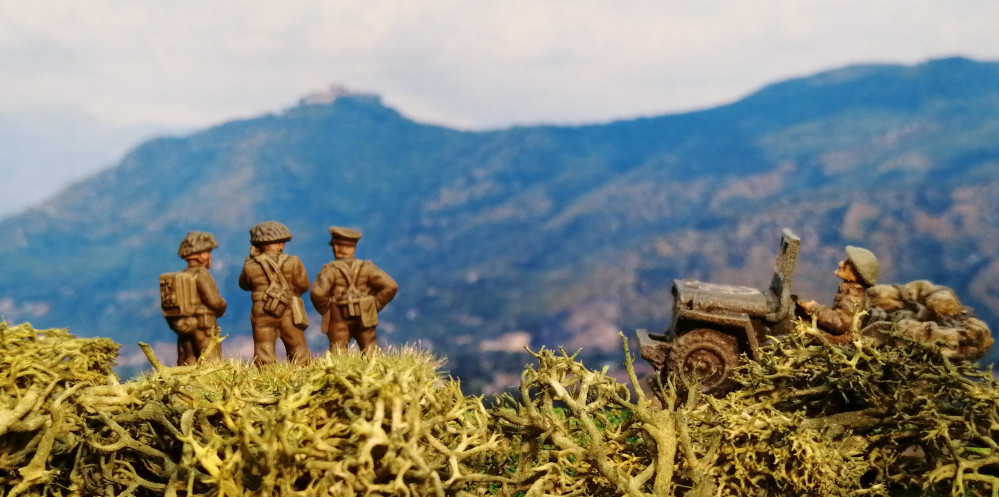
75th Anniversary of the Battle of Monte Cassino and Northern Italy (Gaming The Battles)
Third Battle for Monte Cassino - New Zealand Corps Try Again
Following the 2nd attempt to capture Monte Cassino, both sides had fallen back into defensive positions to regroup and rebuild. Both sides had taken a beating during the assaults and needed time to recover and rest. The other key factor for the lack of action was the inclement early spring weather. Torrential rains had turned the ground into a quagmire whilst snow melt from further inland had added to the rain water to swell the rivers into impassable barriers.
Freyburg’s New Zealnd Corps had not been withdrawn following the 2nd assault and it once again fell to them to carry the attack. The NZ Corps had recently been bolstered by the arrival of the British 78th Division but otherwise were comprised of the 4th British Indian Division and the 2nd NZ Division, both still nursing losses from the previous assault.
The poor weather had meant trying to cross the Garigliano river and pushing into Cassino directly was a highly unattractive proposition, especially after the last two attempts had ended so poorly for the Allies. Freyburg drew up an alternative plan to cross the Rapido further North and then proceed in a two pronged attack down the valley from the North. The 2nd NZ Division would keep to the valley and attempt to take the town of Cassino while the 4th British Indian Division would once again head up into the hills and assault the monastery. If the assault proceeded well, the 78th Division would cross the Rapido further downstream and proceed up the Liri Valley toward Anzio and Rome.
It wasn’t a popular plan. The view from the Allied command was that there was a lack of troops to complete the operation and those that were available were under equipped. The weather was also of significant concern. However, pressure was being applied to make another attempt to break the deadlock and relieve the troops at Anzio and so the plan went ahead.
It was hoped that a colossal bombing and artillery bombardment would clear the town of Cassino of defenders and make the taking of the town considerably easier. To accomplish this, three consecutive days of good weather were required and it wasn’t until the 15th March that the forecast was favourable.
Early on the morning of the 15th March, around 750 tons of 1000-pound bombs were dropped on the town of Cassino. Shortly after, the NZ 2nd Division began the advance from the North toward the town of Cassino. This advance was made behind a creeping artillery barrage from around 750 Allied artillery guns that lasted well over 3 hours.
Trying to imagine the scale and power of such a bombardment for the defending Fallschirmjager is beyond comprehension. This was partly the Allied plan, to make use of the shock and confusion to overrun the defenders. However poor coordination and the defenders ability to rally and organise quickly meant that the advantage quickly dissipated. To further confound the problem, Allied armour was held up by the heavily cratered ground leaving the infantry to assault the town without support.
While the NZ 2nd Division were assaulting the town, the 4th British Indian had advanced up the hill to once again assault the monastery. For some unknown reason, the monastery that was the focus of such bombing and shelling in the last assault was left off of the list of targets for the Allied Air Force and Artillery this time. This left a highly trained and motivated defensive force dug in to highly defensible positions.
The 4th British Indian Division encountered stiff resistance throughout their advance up the hill. They had slowly fought their way to point 236. The Rajputana Rifles led the assault and were due to be assisted by the 9th Gurkha Rifles who had looped around. In the confusion, the 9th Gurkhas had missed point 236 and had progressed to take point 435 further along the hill. Meanwhile, the heavily defended 236 repelled the attack from the Rajputana Rifles. This level of confusion and fractured front line, pocket fighting, was typical of the battles at Cassino, especially along the hill tops.
The weather unexpectedly turned on the night of the 15th and the heavy rains again began to fall. This further hampered the assaulting infantry and craters rapidly filled with water, leaving troops sheltering in small ponds. Communications broke down as radio sets, not designed for near continual immersion in water, failed. Despite the setbacks, the NZ 2nd Division fought their way into the town. Fighting was bloody and often hand to hand. It was not unusual for the same building to be occupied by both sides at the same time. A near continual rain of mortar shells and smoke fell on the town. An excerpt from a NZ Platoon commanders diary reads,
Our four days and nights were absolute hell;
mortar bombs continued to rain down; we had
a nebelwerfer rocket through our roof; and the
never-ending smoke shells meant that we were
living in a world where there was no day. Our
nerves were stretched to breaking point, hands
shaking so much that cigarettes were hard to
light. Hot meals were impossible, as was
washing and shaving. My diary notes, ‘it takes
all our nerves to move from our position to
Company Headquarters 25 yards away’.
Despite the conditions and the tenacious defence, the New Zealanders managed to Capture Castle Hill and were slowly pushing through the town. Shermans from NZ 2nd Division had also managed to advance across the cratered and muddy landscape and, along with some infantry, had captured the station on the edge of the town.
By the 17th March, the Gurkhas still held Hangman’s Hill (point 435) and the rest of 4th British Indian were now just 250m from the monastery. Point 236 had still not be taken allowing the Germans to seriously compromise the supply lines of the 4th British Indian. The Northern part of Cassino still lay in German hands and this allowed for a steady stream of reinforcements to keep the defences of the town solid and well supplied. Several times the New Zealanders found German troops and snipers had infiltrated parts of Cassino that had previously been cleared.
Further to the North, while the 4th British Indian were struggling up Monte Cassino, engineers had been preparing a small track looping around and connecting to Albaneta Farm, to the North West of the monastery. A surprise assault by tanks of the 20th Armoured Regiment was due to take place on the 19th March, using the newly prepared track. From their position, the tanks were unsupported by infantry however the 4th BI were also due to launch an assault, linking up with the tanks and pushing to the monastery.
1st Fallschirmjager launched a surprise and fierce counter attack shortly after the Allied assault started, driving between the infantry and the armour. 4th BI were unable to make any ground, leaving the tanks unsupported. In the difficult terrain, the armour made slow progress and by mid afternoon, all of the tanks had been knocked out or disabled. This surprise and timely counter attack had stopped the Allied assault in its tracks and effectively stopped the Allies in their attempt to take the monastery from the North.
In the town of Cassino, progress had also ground to a halt. The defenders were still able to feed reinforcements into the town using a route down through Points 445 and 165. This being despite the Allies holding Castle Hill (Point 193) and the Gurkha’s holding onto Hangman’s Hill (Point 435). To cut this route off, Freyburg committed elements of the 78th Infantry Division into the town and to Castle Hill to free up defenders to launch an assault on Point 445 from Castle Hill. Again the fight was grim and bloody but resolute defending from 1st Fallschirmjager just managed to hold off the attack and the Allies fell back to Castle Hill.
By this point, both sides were exhausted and gains were measured by metres. The Allied commanders felt that victory was close but with losses mounting, Freyburg took the decision to call off the assault. The order to withdraw was given on 23rd March. The next few days were spent digging in and extracting the isolated Gurkhas at Point 435 and NZ 24th Battalion that had also become isolated further down hill at Point 202. The NZ 2nd Division and 4th British Indian Division were withdrawn from the front and replaced by British 1st Guards Brigade and British 78th Division respectively.
During their 6 weeks on the Cassino front, 4th BI lost around 3,000 men while the 2nd NZ Division lost 1,600. Meanwhile, the defending Fallschirmjager had taken an absolute mauling. Some battalions had been reduced to a strength of just 40 and their lines of defence had been stretched to the point where many lesser forces would have broken long ago. But they had held and continued to occupy the monastery and the road to Rome and Anzio remained closed to the Allies.









































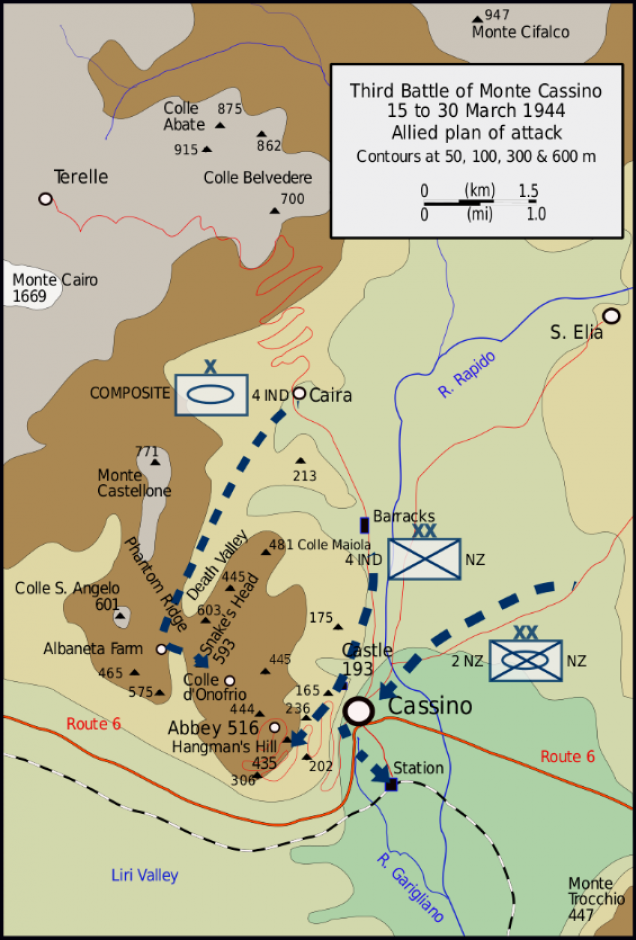
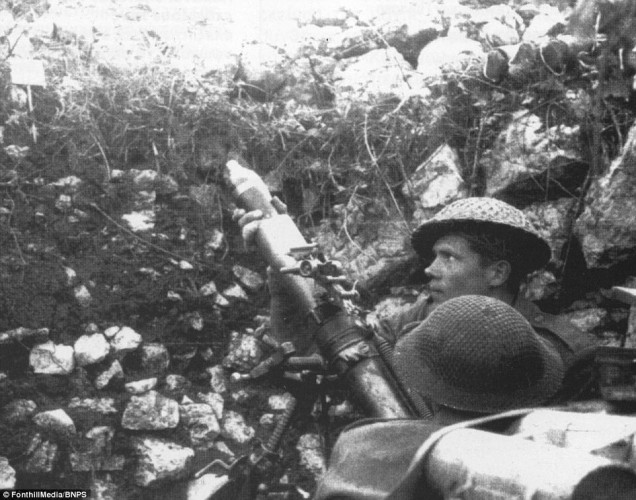
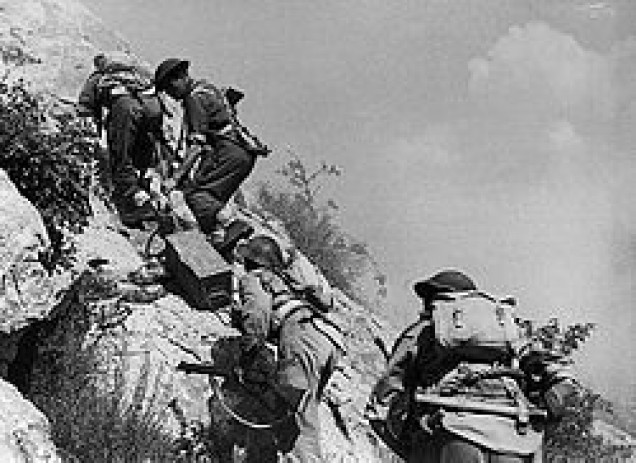
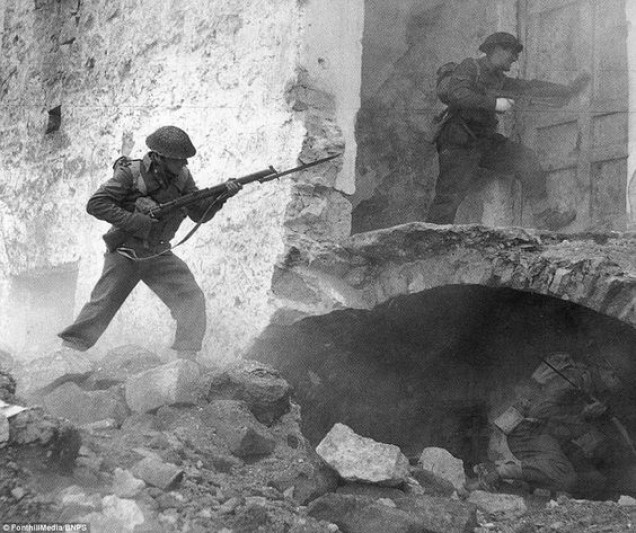
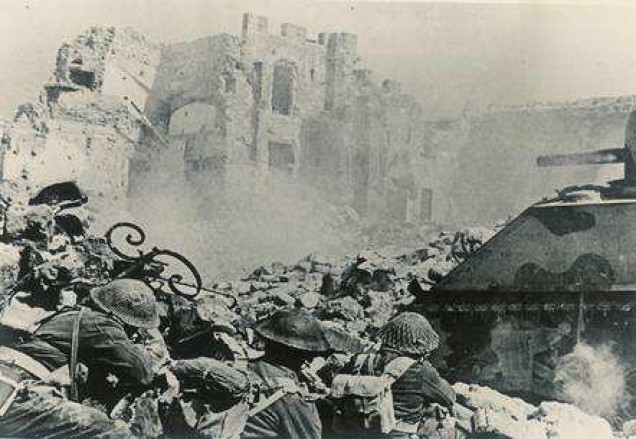

































Leave a Reply